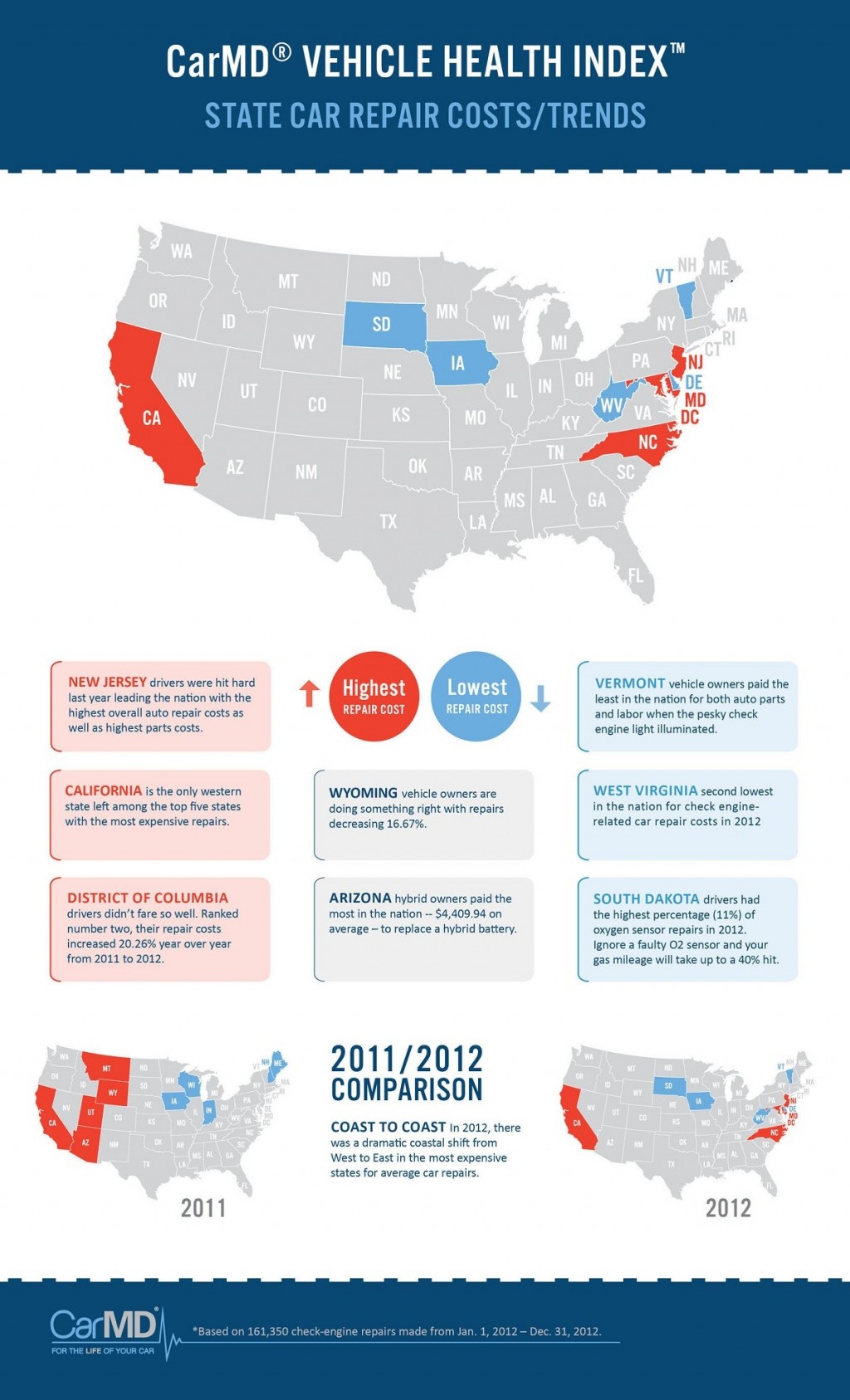Yet What Should You Do About Spongy Brake Pedals? Discover The Response Listed Below!
Yet What Should You Do About Spongy Brake Pedals? Discover The Response Listed Below!
Blog Article
Produced By-Maddox Herring
When it pertains to your automobile's brake system, recognizing common concerns can save you from potential safety risks. From identifying brake pad wear to resolving brake fluid leakages, knowing exactly how to take on these problems is important. However what concerning those squishy brake pedals? There's a repair for that also. Keep tuned to find out more regarding these concerns and the useful services that can maintain you securely when traveling.
Brake Pad Put On and Replacement
When it involves maintaining your vehicle's brake system, one crucial element to watch on is the wear and replacement of brake pads. Brake pads are crucial components that press versus the brake blades to slow down or quit your automobile. Gradually, https://audi-ecu-tuning85172.theisblog.com/30143110/explore-the-supreme-vehicle-outlining-overview-for-a-showroom-quality-shine-expose-the-methods-that-will-certainly-change-your-car wear down because of rubbing, calling for routine inspection and substitute to guarantee your brakes function properly.
To figure out if your brake pads need replacement, listen for screeching or grinding noises when you use the brakes. Additionally, if your lorry takes longer to stop or you observe vibrations or pulsations when braking, it might be time to replace the brake pads.
Ignoring used brake pads can lead to decreased braking efficiency, damages to other brake elements, and even brake failure.
Replacing brake pads is a reasonably straightforward process for many automobiles. However, if you're unsure or uncomfortable executing this task, it's finest to seek advice from an expert mechanic to make certain appropriate installment and optimal brake efficiency.
Consistently checking and changing brake pads is vital for your safety and security and the long life of your car's stopping system.
Brake Liquid Leaks and Maintenance
To guarantee your automobile's brake system operates ideally, it is very important to also take note of brake fluid leakages and upkeep. https://remappingnearme84061.dailyblogzz.com/30454415/auto-mechanic-services-uncovered-important-details-you-need-to-know is vital for transferring the force from your foot on the brake pedal to the real stopping mechanism. One usual concern with brake liquid is leakages, which can happen as a result of scrubby brake lines, seals, or connections. If you see a puddle or drips under your cars and truck, it's necessary to resolve the leakage without delay to prevent a potential brake failure.
On a regular basis inspecting your brake liquid level is key to keeping your brake system. Reduced brake fluid can result in air entering the brake lines, which endangers stopping efficiency.
Additionally, old or contaminated brake liquid can affect the general effectiveness of your brakes. It's suggested to adhere to the producer's standards on when to alter the brake liquid, commonly every 2 years.
Spongy Brake Pedal: Bleeding Brakes
If you've ever before experienced a mushy brake pedal while driving, you comprehend the relevance of maintaining a firm and responsive stopping system. One common source of a squishy brake pedal is air caught in the brake lines. When air enters the brake system, it can result in a loss of hydraulic stress, leading to that disturbing spongy sensation when you push the brake pedal.
To fix this issue, bleeding the brakes is needed. Hemorrhaging the brakes involves eliminating the air from the brake lines to bring back proper hydraulic stress.
To hemorrhage the brakes, you'll need a helper to assist you. Start by finding the brake bleeder valve on each wheel, generally found near the brake caliper. With a wrench, loosen the valve and have your helper press the brake pedal while you observe any type of air bubbles coming out. Repeat this process for every wheel, starting from the wheel farthest from the master cylinder and relocating closer.
Once you no more see air bubbles and only clear fluid emerges, tighten the valve and top up the brake fluid tank as required. Bleeding the brakes helps guarantee a firm brake pedal and enhances overall stopping efficiency.
Final thought
Since you recognize typical brake concerns and exactly how to fix them, you can guarantee your car's safety and security and performance. check here in mind to listen for indication like shrilling noises or spongy brake pedals, and resolve them immediately. Normal upkeep and timely substitutes are essential to maintaining your brakes in top condition. Remain proactive and attentive to your brake system to take pleasure in risk-free and dependable driving experiences.
